Staying active is one of the best things I can do for my health and well-being. Whether I’m lifting weights, running, or practicing yoga, every activity brings me closer to my fitness goals. But I’ve learned that pushing too hard or skipping essential steps can lead to unnecessary pain and setbacks.
Even routine exercise can sometimes result in strains or sprains if I’m not careful. That’s why I prioritize safety in every program I follow. Simple steps like warming up, using proper form, and wearing the right shoes can make a huge difference in protecting my body.
By understanding the risks and making small adjustments, I can enjoy my workouts without fear of injury. It’s not just about building muscle or improving endurance—it’s about taking care of myself so I can stay active for years to come.
Key Takeaways
- Warming up and cooling down are essential for reducing strain.
- Proper form and technique protect your body during exercise.
- Wearing the right footwear minimizes injury risk.
- Varying workouts engages different muscle groups.
- Listening to your body helps avoid overexertion.
Preparation: Warming Up and Cooling Down
Starting my fitness journey with the right preparation has always been a game-changer. I’ve learned that warming up and cooling down are essential for keeping my body safe and ready for action. These steps not only improve my performance but also reduce the risk of injury.
⏳ Get Your Energy Back with Discount!

Effective Warm-Up Routines
A proper warm-up increases blood flow and prepares my muscles and joints for the activity ahead. I usually spend 5 to 10 minutes on low-intensity movements like brisk walking or jumping rope. This gradual increase in heart rate helps me avoid sudden strain and enhances my fitness efficiency.
Cool-Down Techniques for Recovery
After my workout, I focus on cooling down to help my body recover. Slowing the pace and incorporating static stretches for 15 to 30 seconds reduces pain and stiffness. I avoid bouncing and breathe steadily to ensure safety. This routine allows my heart rate to return to normal gradually, preventing light-headedness.
Experts from the American Heart Association emphasize the importance of these practices. By warming up and cooling down, I protect my health and enjoy a more effective exercise experience.
Using Proper Equipment and Safety Gear
The right gear can make or break my fitness experience. Whether I’m running, lifting weights, or playing a sport, having the correct equipment ensures my safety and enhances my performance. Skipping this step can lead to unnecessary pain or even long-term injury.
🌟 Boost Your Well-Being Today!
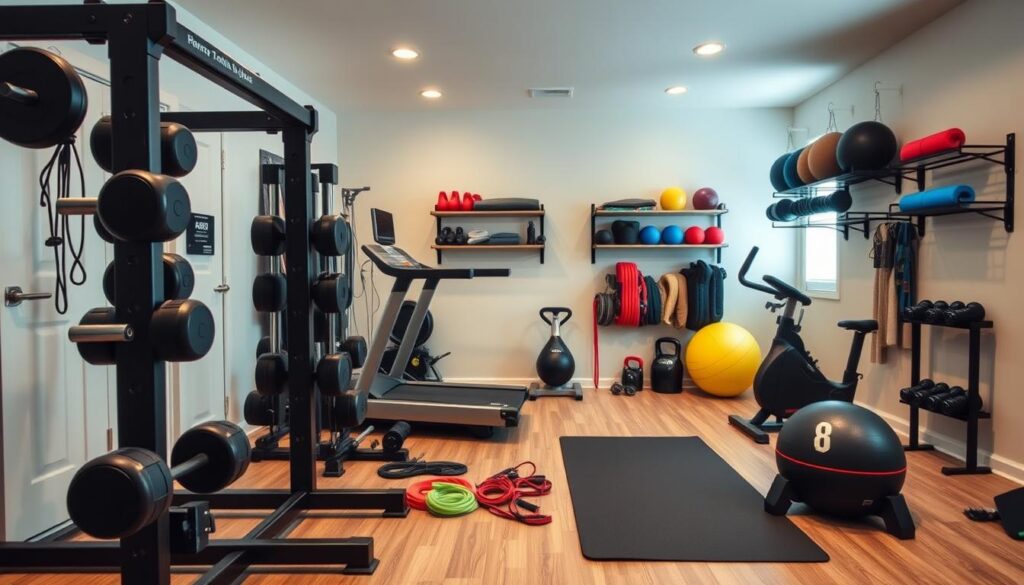
Selecting the Right Footwear and Protective Gear
Choosing the right shoes is crucial for my health. Running shoes aren’t ideal for tennis, and basketball shoes aren’t great for weightlifting. Using the wrong footwear increases my risk of strain or injury. For high-impact activities, I also invest in protective gear like helmets, mouth guards, or shin guards.
Maintaining and Choosing Appropriate Equipment
Regular maintenance of my equipment is just as important as using it. I always check that weights, machines, or other tools are in good condition before starting my workout. For example, ensuring my knee braces fit properly helps me avoid discomfort. Experts recommend investing in quality gear to maintain my overall fitness and performance.
| Gear Type | Purpose | Example |
|---|---|---|
| Footwear | Reduces strain on joints | Running shoes for jogging |
| Protective Gear | Minimizes injury risk | Helmets for cycling |
| Equipment | Ensures safety and efficiency | Weightlifting belts |
By paying attention to these details, I can focus on my exercise without worrying about accidents. Proper gear not only helps me stay safe but also boosts my confidence in every activity I pursue.
Mastering Proper Form and Technique
Correct technique is the foundation of every effective workout. I’ve learned that small adjustments in my form can make a huge difference in reducing pain and preventing strain. Whether I’m lifting weights or practicing yoga, focusing on proper alignment protects my body and enhances my fitness results.

Learning the Correct Exercise Techniques
Mastering the right form for each exercise has been a game-changer for me. I started by watching videos and attending in-person training sessions. These resources helped me understand how to engage my muscles correctly and avoid common mistakes.
For example, maintaining proper alignment during squats distributes the load evenly across my hips, knees, and ankles. This reduces the risk of injury and ensures I get the most out of every movement.
Tips to Improve Your Posture and Movement
Improving my posture has been essential for staying injury-free. I focus on keeping my core engaged during exercises to support my spine and maintain stability. Controlled movements through a full range of motion also help me avoid sudden strain.
Experts recommend starting with body-weighted exercises before progressing to advanced routines. This approach allows my body to adapt gradually and reduces the risk of overuse injurys. By paying attention to these details, I can enjoy my workouts safely and effectively.
How to prevent injuries during workouts
Taking proactive steps to stay safe during physical activity has transformed my fitness journey. I’ve learned that small adjustments can make a big difference in protecting my body and avoiding unnecessary pain. By following clear strategies and avoiding common mistakes, I can enjoy my workouts without setbacks.
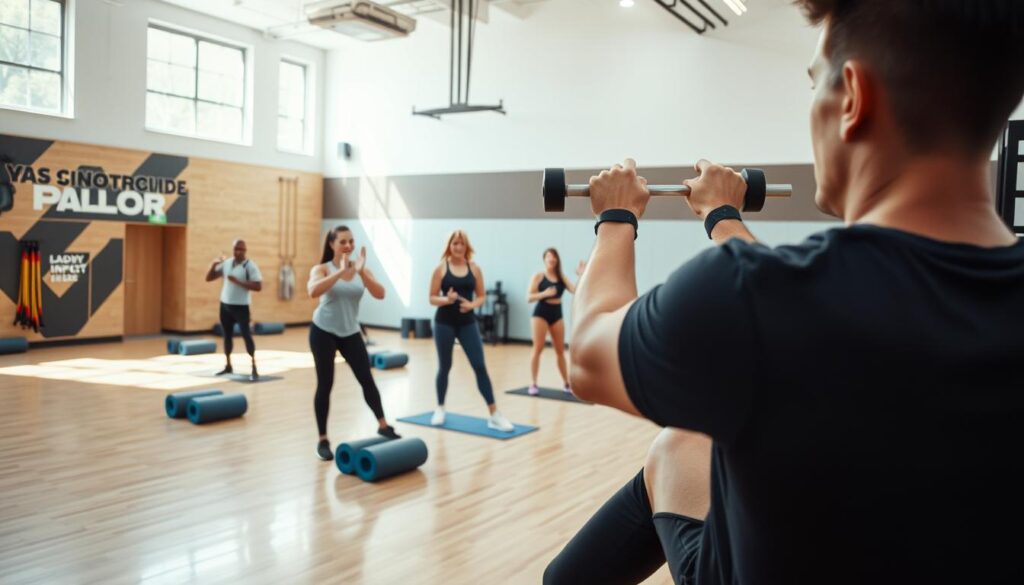
Step-by-Step Strategies for Safety
I start every session with a warm-up to prepare my muscles and joints. This simple step increases blood flow and reduces the risk of strain. I also focus on proper form during each exercise to ensure my body moves efficiently.
Listening to my body is crucial. If I feel discomfort, I stop and reassess my technique. Gradual progression is key—I increase intensity or duration by no more than 10% each week. This approach helps me avoid overuse and stress injurys.
Common Mistakes and How to Avoid Them
One mistake I’ve learned to avoid is pushing myself too hard. Overexertion can lead to pain and long-term damage. Instead, I focus on controlled movements and proper alignment.
Another pitfall is skipping rest days. My body needs time to recover and heal. I incorporate low-impact activities like walking or swimming on rest days to stay active without strain.
| Mistake | Solution |
|---|---|
| Poor form | Focus on proper alignment and technique |
| Overexertion | Gradually increase intensity |
| Skipping rest | Incorporate rest days and low-impact activities |
If pain persists, I consult a doctor to rule out serious issues. Taking these steps ensures my fitness routine remains safe and effective. By prioritizing care and listening to my body, I can stay active for years to come.
Balancing Your Workout Routine: Cross-Training and Recovery
Balancing my fitness routine has been key to staying injury-free and energized. By incorporating variety and prioritizing recovery, I’ve built a sustainable approach to physical activity. This balance helps me avoid overuse and keeps my workouts fresh and effective.
Incorporating Variety to Avoid Overuse
I’ve learned that repeating the same movements can strain specific muscles and joints. To prevent this, I mix up my routine with different activities. For example, I alternate between running, swimming, and strength training throughout the week.
Cross-training not only reduces the risk of injury but also improves overall fitness. Engaging different muscle groups ensures balanced strength and flexibility. This approach keeps my body adaptable and resilient.
Hydration, Rest, and Recovery Tactics
Recovery is just as important as the workout itself. I make sure to stay hydrated throughout the day, especially during intense sessions. Proper hydration supports muscle function and reduces fatigue.
Rest days are non-negotiable in my routine. I use this time for light activities like walking or yoga. These low-impact movements promote circulation and aid in recovery without adding strain.
| Recovery Tactic | Benefit |
|---|---|
| Hydration | Supports muscle function and reduces fatigue |
| Rest Days | Allows muscles to repair and recover |
| Light Activities | Promotes circulation and reduces stiffness |
Listening to my body is crucial. If I feel discomfort, I adjust my routine or consult a doctor. This proactive approach ensures I stay on track without compromising my health.
Expert Guidelines and Professional Advice
Seeking professional advice has been a cornerstone of my fitness journey. Whether it’s understanding proper form or knowing when to take a break, experts have helped me stay on track. Their insights have been invaluable in avoiding overtraining and recognizing early warning signs of injury.
Insights from Trainers and Physical Therapists
Trainers and physical therapists emphasize the importance of gradual progression. I’ve learned to increase intensity by no more than 10% each week. This approach reduces the risk of overuse and ensures my body adapts safely.
Proper recovery is another key focus. Experts recommend at least one full rest day per week. Low-impact activities like walking or swimming on these days help my muscles recover without added strain.
When to Consult a Doctor or Specialist
Persistent pain or joint instability are clear signs to seek professional help. I’ve learned not to ignore discomfort that lasts more than a few days. Consulting a doctor early can prevent minor issues from becoming serious problems.
For example, a sharp pain during a workout could indicate a sprain or tear. In such cases, stopping the activity and seeking medical advice is crucial.
Monitoring Pain and Adjusting Your Routine
Listening to my body has been essential. I track my pain levels and adjust my routine accordingly. If I feel discomfort, I reduce intensity or switch to a different exercise.
Experts suggest using a scale of 1 to 10 to monitor pain. Staying below a level of 3 ensures I’m pushing myself without overdoing it.
| Expert Recommendation | Benefit |
|---|---|
| Gradual Progression | Reduces overuse and injury risk |
| Rest Days | Allows muscles to recover |
| Pain Monitoring | Helps adjust intensity safely |
| Professional Consultation | Prevents minor issues from worsening |
By following these guidelines, I’ve built a safer and more effective fitness routine. Professional advice has been a game-changer in my journey to stay active and healthy.
Conclusion
Maintaining a safe and effective fitness routine has been essential for my long-term health. By focusing on proper warm-ups, using the right equipment, and listening to my body, I’ve reduced the risk of injury and improved my overall fitness.
Expert advice has played a key role in my journey. Consulting a trainer helped me master correct form and avoid common mistakes. Small adjustments, like wearing the right shoe or taking rest days, have made a big difference in preventing strain.
Staying informed and proactive has allowed me to enjoy my workouts without setbacks. Whether it’s a quick warm-up or a gradual increase in intensity, every step counts. By prioritizing safety and balance, I’ve built a routine that keeps me strong and healthy.

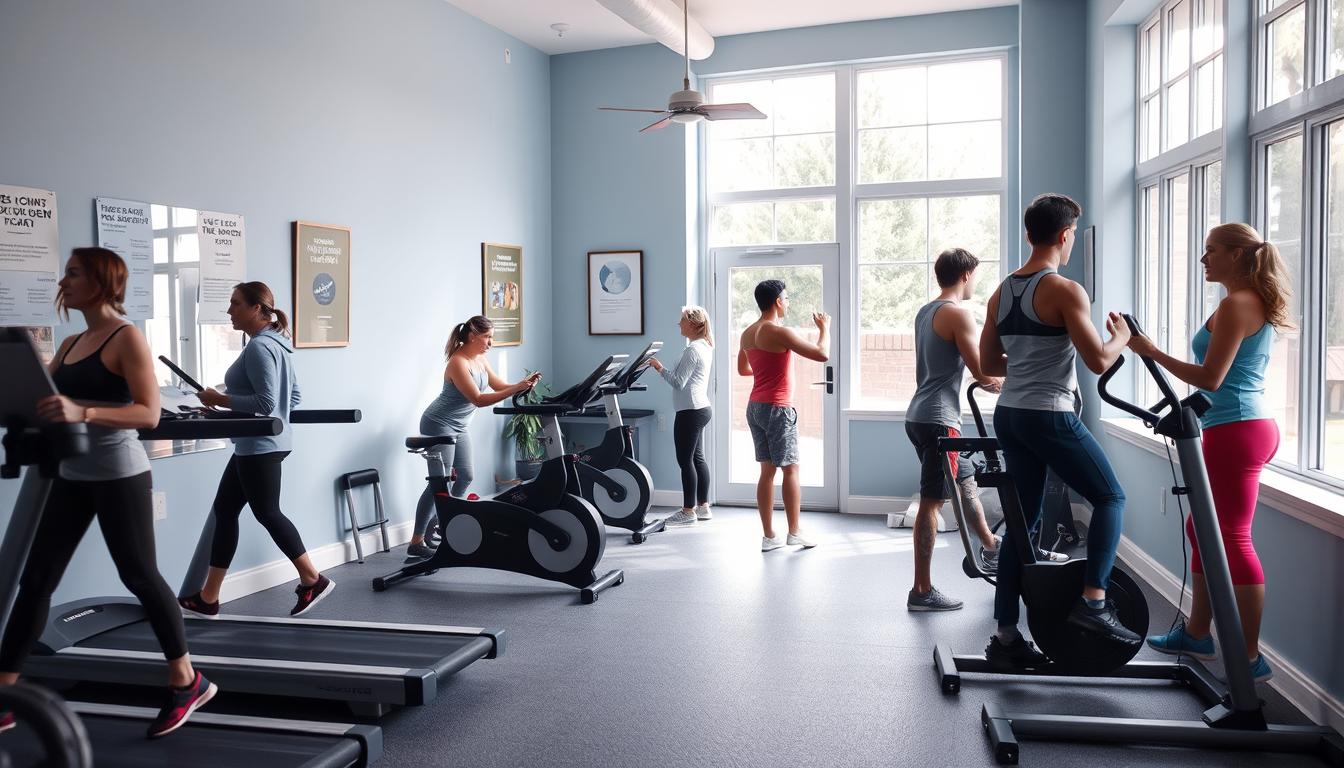
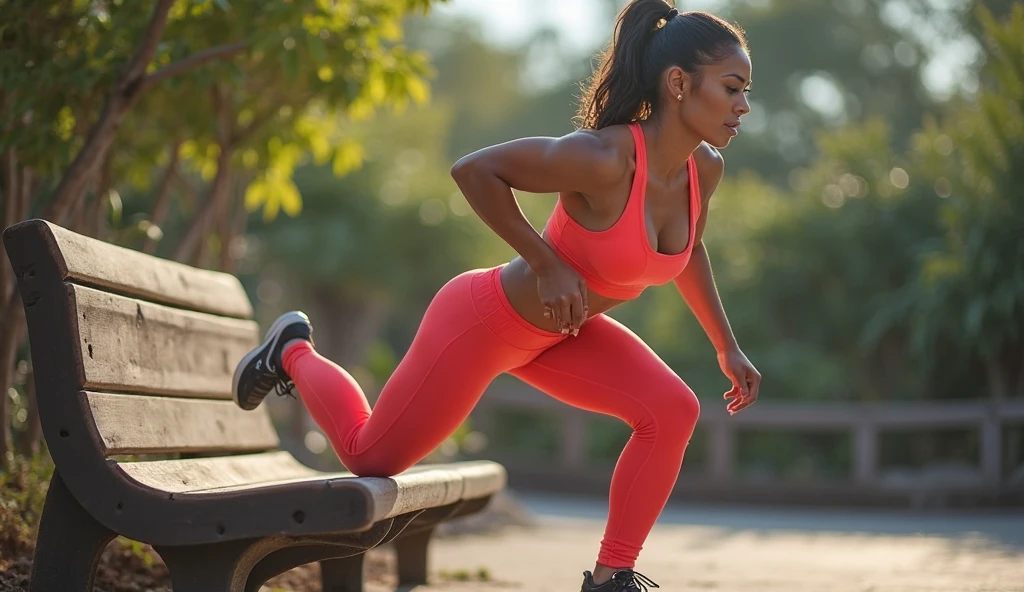


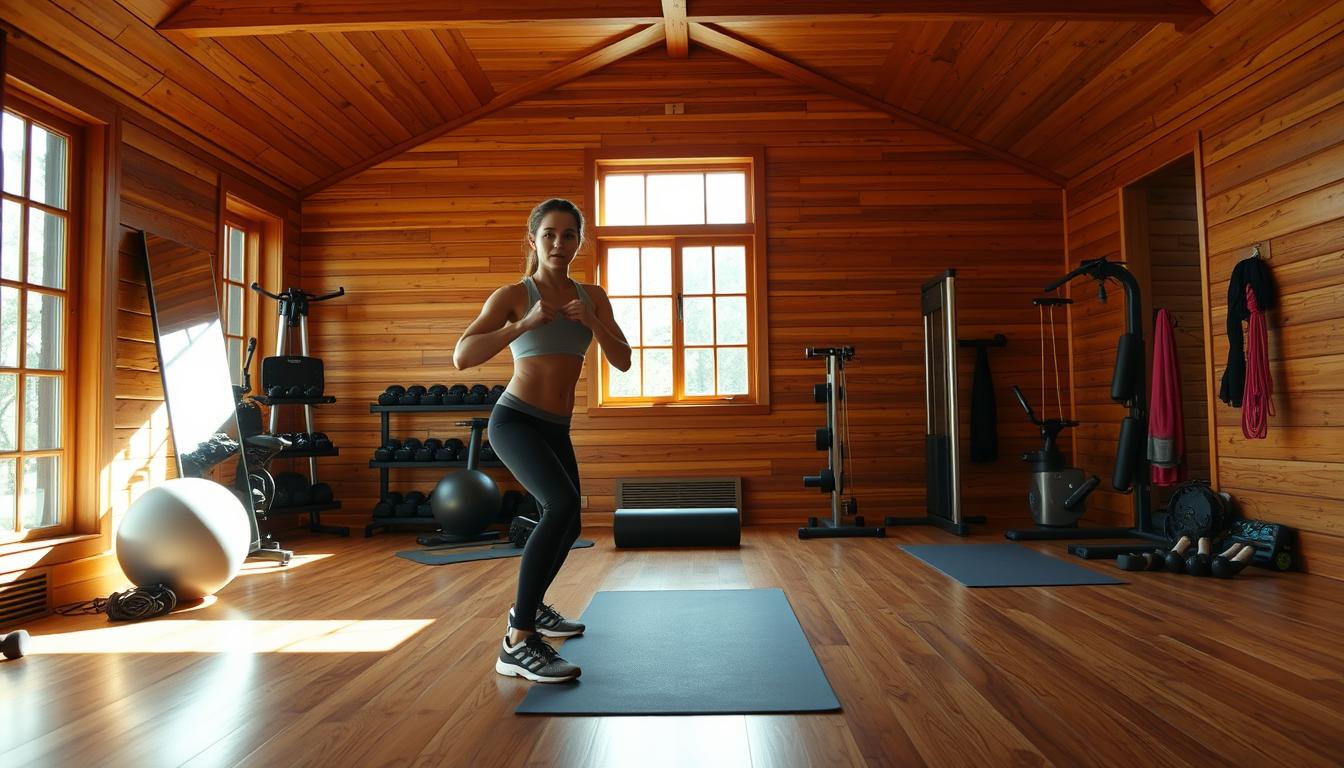

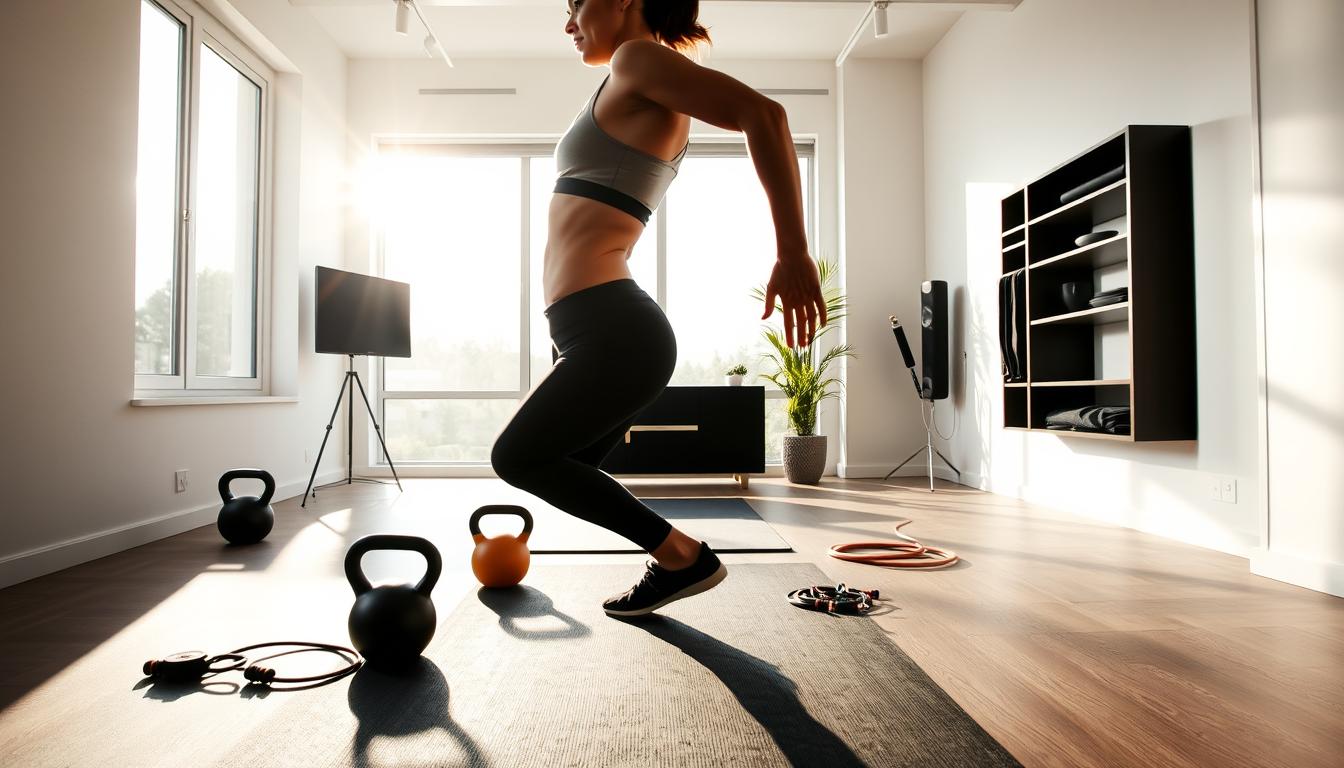
Comment on “How to prevent injuries during workouts: Stay Safe and Effective”